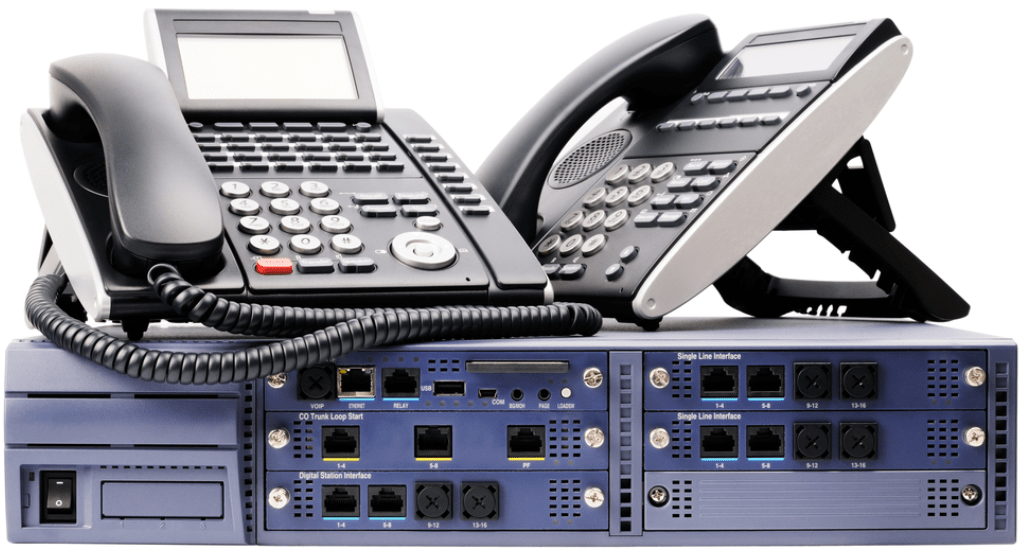Innovative Collaborative Web Based Next Generation Capabilities Leverages the already familiar interface that most people […]
Read More

Over the past decade, the number of communications channels has exploded. Deployment methods are expanding as well. In addition to classic premises-based hardware, businesses now have the option of hosted communications, public cloud, or private cloud options. As technology evolves at a breakneck speed, IT leaders often find it difficult to gather the necessary expertise to make strategic decisions for their business. Examining the evolution of the communications industry can be an illuminating place to begin.
With the introduction of technologies like voice over IP (VoIP), IT professionals began to look beyond the POTS (plain old telephone system) as the final word on communications. The popularity of VoIP is a driving factor in the evolution of enterprise communications. According to the VoIP Report (1), VoIP users are expected to break one billion and will continue to rise 10% each year until 2021. Meanwhile, 700,000 landlines are canceled every month. The trend is irrefutable, but VoIP technology alone may no longer be enough to solve the communication challenges of the
modern enterprise
Communications channels have expanded beyond the traditional context to include texting, social applications, video conferencing, remote desktops, and productivity apps. In the past several years, we’ve seen an almost 400% increase in mobile time spent in messaging and social apps (2), affirming that social networks are here to stay.
The sheer volume of communications channels is not the only challenge modern businesses face in designing their communications infrastructure. More and more businesses now recognize the value of offering flexible remote and mobile work options to employees. This trend necessitates new collaboration tools. According to a recent Gallup poll (3), the number of employees who reported that they spend some time working remotely rose from an average of 37% to 43% from 2012 to 2016 across all industries. Employees who reported spending 60-80% of their time offsite even reported feeling the most engaged at work. It’s no mystery why businesses increasingly look towards UC to help their employees communicate efficiently.

Innovative Collaborative Web Based Next Generation Capabilities Leverages the already familiar interface that most people […]
Read More
Today’s companies are gaining massive benefits from leveraging strategic cloud and telecom services. If you’re […]
Read More
10 powerful reasons to work with a Telecom Agent from TrueChoice Technology Top 10 Benefits […]
Read More
Microsoft has continued to improve their product offerings to provide great solutions for your business. […]
Read More
What Features are available in Workplace that can replace some of your existing tools? Companies […]
Read More
Multiple custom solution options designed for real time customer interaction, improved agent efficiency, rich meaningful […]
Read More
Do you ever hear moving to the cloud and wonder what does it mean? Great […]
Read MoreReceive quarterly updates on improving
telecommunications for your business.
